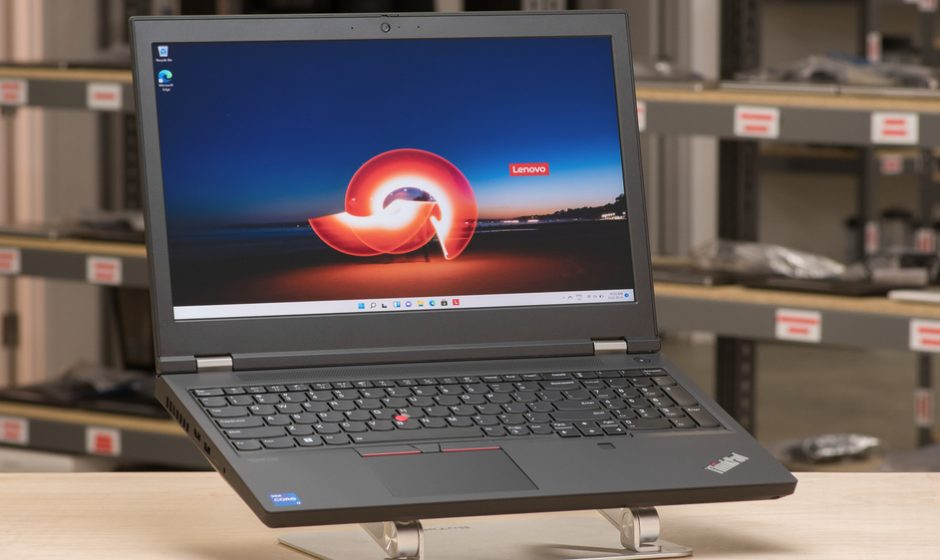Why should you get a 15-inch laptop? They’re not only larger than the best 13- or 14-inch laptops, but they’re also frequently much more powerful. They don’t have to be big and clunky all the time. Following hundreds of hours of testing with the best 15-inch laptops, here is our list of the best you can buy this year.
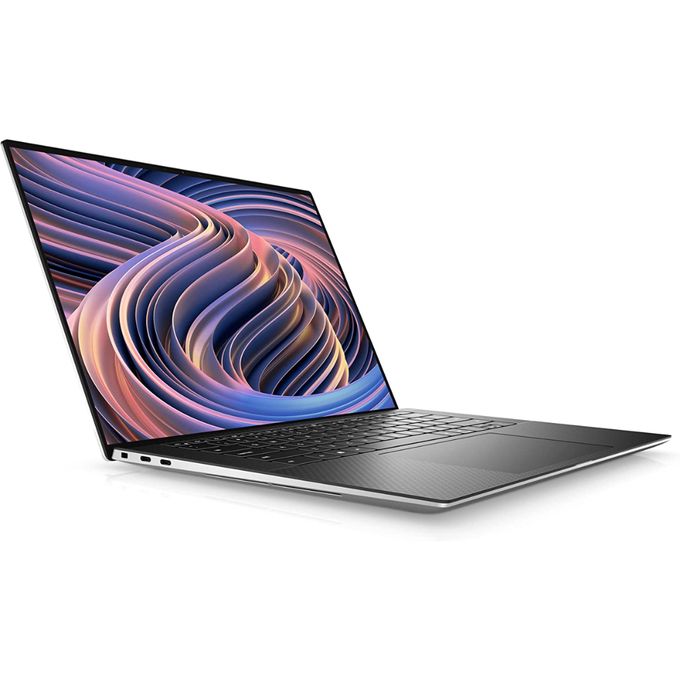
Dell XPS 15 9520
The best 15-inch laptop
PROS
- Streamlined and solid build
- Aesthetically perfect
- Strong productivity and creative performance
- Above-average battery life
- Excellent keyboard and touchpad
- Superior OLED display
- Outstanding audio
CONS
- Expensive
- Performance ceiling limited by thin chassis
Why you should buy this: It’s the best overall 15-inch laptop you can buy.
Who’s it for: Anyone who needs serious power on the go but doesn’t want to take up too much room in a backpack.
Why we chose the Dell XPS 15:
There’s no steadier hand in the 15-inch laptop market than Dell, and its XPS 15 exemplifies the reputation 15-inch laptops have rightly earned: They’re dependable, powerful, and robust. The XPS 15 features up to a 12th-generation Intel Core i9 processor (starting with the i5-12500H) and graphics up to an Nvidia RTX 3050 Ti. The XPS 15 is best when you pump it full of powerful components, as it’s not quite as thin or light as some of the other laptops on this list.
That’s not to say it’s large in terms of volume — in fact, the XPS 15’s footprint remains one of the smallest on this list thanks to its ultra-thin bezels. The 16:10 aspect ratio ensures that you have plenty of screen real estate too.
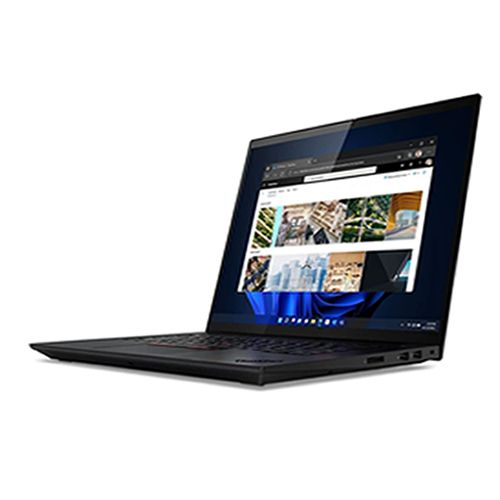
Lenovo ThinkPad X1 Extreme Gen 5
The most powerful non-workstation 15-inch laptop
PROS
- Excellent build quailty
- Superior entry-level display
- Solid performance
- Good keyboard and touchpad
- Very powerful configuration options
CONS
- Performance was inconsistent
- Battery life was middling
Why you should buy this: It’s one of the most powerful 15-inch laptops you can buy that’s not a workstation.
Who’s it for: Anyone who wants high-end components in a package that’s still relatively thin and light.
Why we chose the Lenovo ThinkPad X1 Extreme Gen 5:
We haven’t reviewed it yet, but Lenovo’s fifth generation of the ThinkPad X1 Extreme is the same on the outside as the previous generation. That means the same solid build quality, the same iconic Thinkpad look and feel, and the same excellent input options.
Where the new machine is different is on the inside, with a new thermal design meant to improve overall performance. There’s also an update to Intel’s 12th-gen CPUs, including up to the 14-core/20-thread Core i9-12900H. RAM can be configured up to 64GB, and you can add dual 4TB SSDs for a total of 8TB of storage. Finally, GPU options currently include up to an Nvidia GeForce RTX 3060.
Display options range from a 16-inch 16:10 WUXGA (1920 x 1200) IPS up to a WQUXGA (3840 x 2400) IPS touchscreen, all of which should offer excellent brightness, colors, and contrast. Connectivity is also a strength — two USB-C with Thunderbolt 4 ports, a full-size HDMI port, two USB-A 3.2 ports, and a full-size SD card reader, along with the fastest wireless connectivity available in Wi-Fi 6E. Finally, you’ll also find the Lenovo ThinkPad X1 Extreme Gen 5 to offer excellent build quality that should stand up to significant abuse.
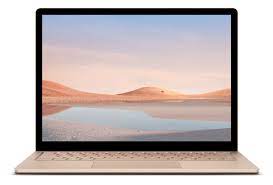
Microsoft Surface Laptop 4
The best ultrathin 15-inch laptop
PROS
- AMD chips widely available in configurations
- Thinnest 15-inch laptop
- Superb build quality
- Great typing experience
- Long-lasting battery life
CONS
- Older AMD chips hold back performance
- Thick bezels, poor webcam
Why you should buy this: It’s the best ultrathin 15-inch laptop you can buy.
Who’s it for: Those who want a highly portable laptop that still has a large display.
Why we chose the Microsoft Surface Laptop 4:
Most people shopping for a 15-inch laptop are looking for an extra level of performance, which is why the Dell XPS 15 is our first choice. However, if you want a 15-inch laptop primarily for the larger screen and don’t need the additional power that a discrete GPU provides, the Surface Laptop 4 is a fantastic option. The high-resolution 3:2 screen is glorious, and easily one of the best screens to work on.
So, while you can’t put in a more powerful GPU in this system, the Surface Laptop 4 does have some decent processor options in its latest upgrade. The AMD Ryzen 7 model that we tested provides eight processing cores and turns this extremely thin laptop into a fairly powerful machine in certain workflows. Battery life is quite good as well, lasting more than a full day on a single charge.
But obviously, the size of the Surface Laptop 4 is its greatest strength. The 0.57-inch thickness and weight of just 3.4 pounds make it an extremely portable laptop, perfect for taking your work on the go without sacrificing a large screen.
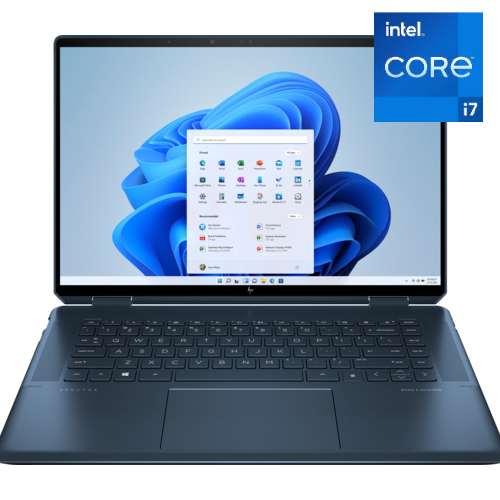
HP Spectre x360 16
The best 15-inch class 2-in-1
PROS
- Solid productivity performance
- Excellent build quality
- Spectacular OLED display
- Outstanding keyboard and touchpad
- Elegant good looks
CONS
- Creative performance is lacking
- Large and heavy in tablet mode
Why you should buy this: It’s a great 2-in-1 alternative to the Dell XPS 15.
Who’s it for: Anyone who needs a large, productivity-powerful laptop and likes the extra design flourishes of the Spectre brand.
Why we chose the HP Spectre x360 16:
The HP Spectre x360 16 is another gorgeous 15-inch-class Windows laptop (with a 16-inch 16:10 display). It’s similar to the XPS 15, but it certainly has a glitzier design. The panache of the colour options and gold accents make it stand out from the crowd — no doubt about that.
More than that, the Spectre x360 16 has a few key features that the XPS 15 is missing. It has a 360-degree hinge and touchscreen in all configurations, which is another feature many people will appreciate. It supports an active pen for Windows Inking. Lastly, the Spectre x360 15 has a better port selection, offering a USB-A port and an HDMI port in addition to the USB-C with Thunderbolt 4 ports that the XPS 15 offers.
You get a 35-watt 11th-gen Intel Core i7-11390H CPU and a choice between a discrete Nvidia GeForce RTX 3050 GPU or Intel Irix Xe graphics. Display options include a 3K+ IPS display or a 4K+ OLED panel that’s simply stunning. Note that if you like the design and ethos of the Spectre x360 16, you can opt for the smaller Spectre x360 14 or the speedy HP Envy x360 15 instead.
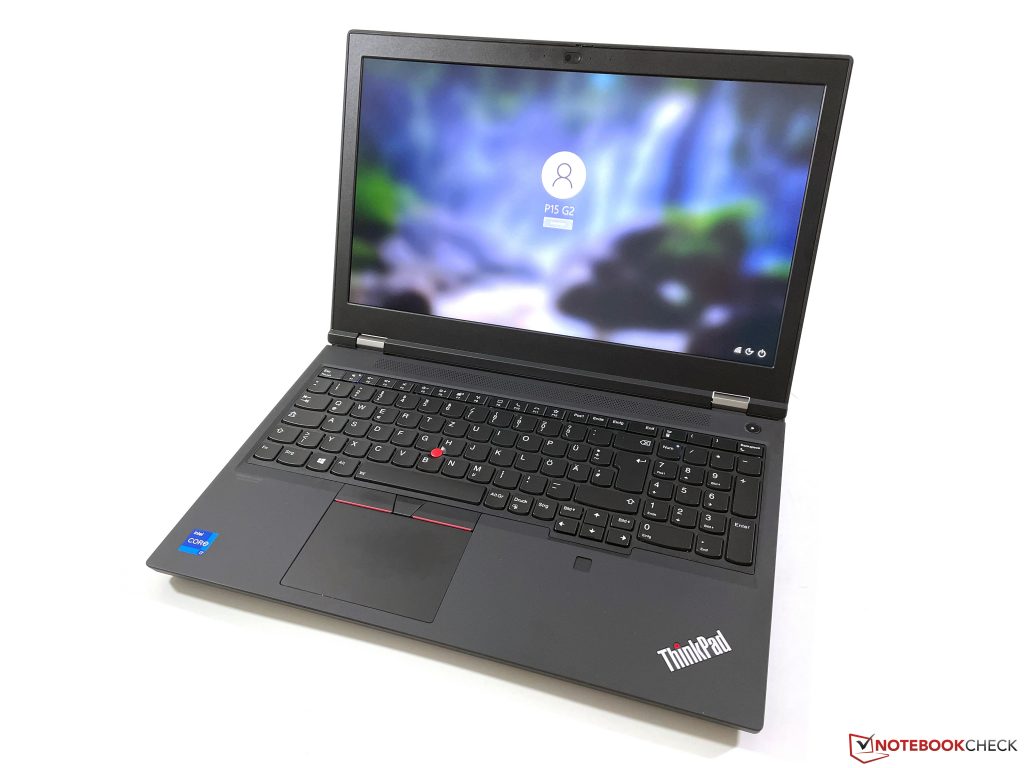
Lenovo ThinkPad P15 Gen 2
The best 15-inch workstation
PROS
- Durable build quality
- Quality entry-level display
- Great keyboard
- Superior expandability
- Solid performance
CONS
- Not that much faster than less expensive laptops
- Touchpad is too small
- Expensive
Why you should buy this: It’s a powerful 15-inch workstation with tons of expandability.
Who’s it for: Creative and scientific types who need to be able to configure a really powerful laptop.
Why we chose the Lenovo ThinkPad P15 Gen 2:
Today’s thin-and-light 15-inch laptops can get pretty powerful, such as with the Lenovo ThinkPad X1 Extreme Gen 4. However, sometimes you need to be able to configure an even more powerful machine, and that’s where the Lenovo ThinkPad P15 Gen 2 comes in. It’s a thick and heavy, old-school workstation that can be configured to the extreme.
For example, you can select up to an 8-core/16-thread 11th-gen Intel Xeon W-11955M CPU, 128GB of RAM, 16TB of storage via two PCIe SSD slots, and an Nvidia Quadro RTX A5000 GPU. You’ll spend a pretty penny, but if you’re editing 8K video or running machine-learning algorithms, then you’ll appreciate all this power.
You’ll also appreciate the display options, including Full HD 16:9 IPS, FHD IPS with Dolby Vision, UHD (3840 x 2160) IP with Dolby Vision and HDR 400, and UHD OLED with touch, Dolby Vision, and HDR 400. The Lenovo ThinkPad P15 Gen 2 is a true workhorse that can meet the most demanding performance needs.
Lenovo ThinkPad P15 Gen 2
The best 15-inch workstation
Frequently Asked Questions
What are the benefits of a 15-inch laptop?
Simply, the 15-inch laptop benefits from the size of its display. First, you get plenty of screen real estate for getting your work done, without needing to step up to a massive 17-inch laptop. Second, the chassis is naturally larger, providing more space for powerful components and lots of battery capacity. This will let you run more windows at once and split them comfortably on your display while enjoying superfast processors and GPUs that will keep your applications humming along.
Should you buy a 15-inch laptop or a 13-inch laptop?
If you crave a highly portable laptop that’s fine for general productivity tasks, then a 13-inch laptop will get the job done. And today’s 13-inch laptops are excellent. You won’t want the typical 13-inch laptop if you’re a creative type who needs to edit complex photos and video, but for productivity users, a 13-inch laptop is a great choice.
If you want a powerful laptop that can churn through demanding creative tasks, as well as provide tons of screen real estate for heavy multitasking, then a 15-inch laptop is the better choice. It will be larger and heavier, but far more capable.
What should you look for in a 15-inch laptop?
There’s no reason to go with a 15-inch laptop if it won’t meet your performance and display quality needs. Therefore, look for a laptop that can configure fast CPUs and discrete GPUs if you need the power, although a very thin-and-light 15-inch laptop with less powerful components can still be of value. That’s where the display comes in — you’ll want a high-quality IPS or OLED display that offers high enough resolution for your needs and, if you’re creative, wide and accurate colors with lots of contrast.
Otherwise, you’ll want to look for the same things as with any laptop. You’ll want a solid build quality, a great keyboard and touchpad, and long battery life — or at least, long battery life, given the powerful components and power-hungry display you might configure. Overall, 15-inch laptops are no different than other laptops when it comes to basic quality and functionality.


